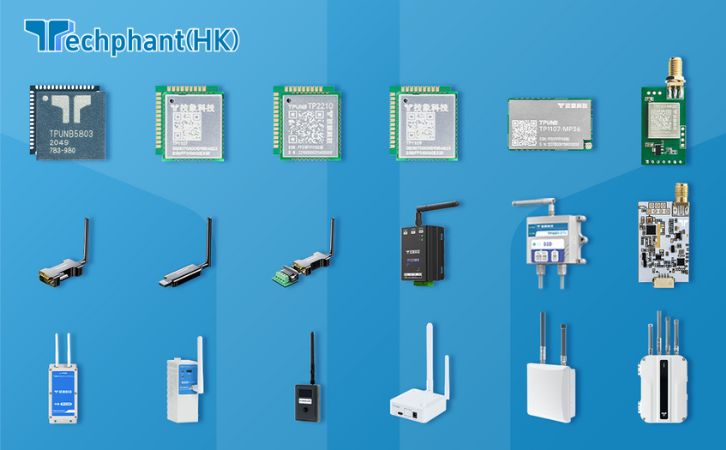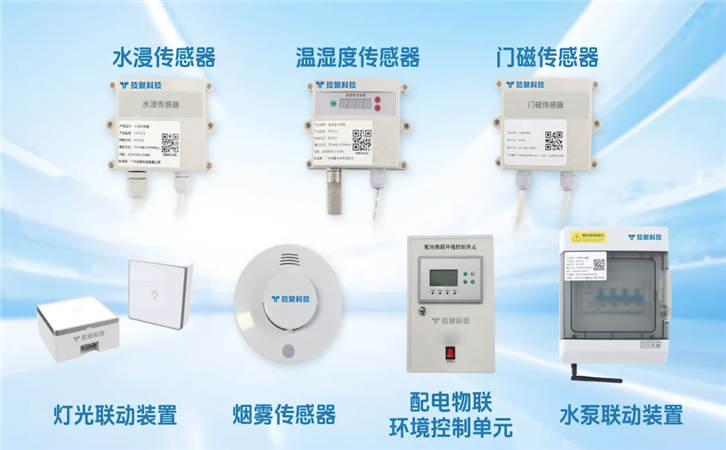The Industrial Internet of Things (IIoT) is revolutionizing supply chain automation by enabling seamless connectivity, real-time data insights, and enhanced operational efficiency. IoT devices, such as sensors, RFID tags, and smart trackers, integrate physical supply chain processes with digital systems, creating transparent, responsive, and agile operations. From raw material procurement to last-mile delivery, IoT technologies optimize every stage of the supply chain, reducing costs, minimizing delays, and improving decision-making. This article explores how IoT streamlines supply chain automation, highlighting its applications, benefits, and challenges.
I. Real-Time Tracking and Visibility in Supply Chains
IoT devices provide unprecedented visibility into supply chain operations by enabling real-time tracking of goods, vehicles, and equipment. Sensors embedded in pallets, containers, or vehicles collect data on location, temperature, humidity, and other conditions, transmitting it to centralized platforms via wireless networks like 5G or LoRaWAN. For example, RFID tags on inventory items allow warehouses to monitor stock levels automatically, while GPS-enabled trackers provide precise location data for shipments in transit.
This real-time visibility eliminates blind spots in the supply chain. In a global logistics network, a temperature sensor in a refrigerated container can alert managers if perishable goods, such as pharmaceuticals, exceed safe temperature thresholds during transit. Similarly, IoT-enabled fleet management systems track delivery trucks, optimizing routes to avoid delays caused by traffic or weather. According to industry reports, IoT-driven visibility can reduce logistics costs by up to 15% and improve delivery times by 20%.
Moreover, IoT data integrates with supply chain management software, enabling stakeholders to access a unified dashboard for monitoring operations. This transparency fosters collaboration between suppliers, manufacturers, and distributors, ensuring that all parties have access to accurate, up-to-date information. By replacing manual tracking methods with automated IoT systems, companies achieve greater accuracy and responsiveness, streamlining the entire supply chain.
II. Optimizing Inventory Management with IoT
Inventory management is a critical component of supply chain automation, and IoT technologies significantly enhance its efficiency. Smart sensors and RFID tags monitor inventory levels in real time, eliminating the need for manual stock checks. For instance, in a warehouse, IoT-enabled shelves equipped with weight sensors can detect when stock is low and automatically trigger reorder requests, ensuring just-in-time inventory practices.
This automation reduces overstocking and stockouts, which can disrupt production or lead to lost sales. In retail, for example, IoT sensors track product movement on shelves, providing data on consumer demand patterns. This allows retailers to optimize stock levels, reducing waste for perishable goods like food or cosmetics. A study by Gartner estimates that IoT-based inventory management can cut holding costs by up to 30% while improving order fulfillment rates.
IoT also enables dynamic inventory allocation across multiple locations. In a multi-warehouse supply chain, sensors can track inventory in real time, allowing companies to redirect goods to high-demand regions. For instance, an e-commerce company can use IoT data to reroute products from a low-demand warehouse to one facing a surge in orders, ensuring faster deliveries. By automating inventory tracking and decision-making, IoT minimizes human error and enhances supply chain agility.
III. Enhancing Predictive Maintenance for Supply Chain Assets
IoT plays a pivotal role in maintaining the assets critical to supply chain operations, such as vehicles, machinery, and storage systems. Sensors embedded in these assets monitor parameters like vibration, temperature, and fuel efficiency, providing real-time data to predict maintenance needs. This predictive maintenance approach contrasts with traditional reactive maintenance, which often results in costly downtime or unexpected failures.
For example, in logistics, IoT sensors on delivery trucks can detect early signs of engine wear or tire degradation, alerting fleet managers to schedule maintenance before a breakdown occurs. Similarly, in a warehouse, sensors on conveyor belts can monitor motor performance, identifying anomalies that signal potential failures. By addressing issues proactively, companies can reduce downtime by up to 40%, according to industry studies, while extending the lifespan of critical assets.
Predictive maintenance also supports supply chain sustainability. IoT data can optimize fuel consumption in fleets by identifying inefficient driving patterns or vehicle conditions, reducing emissions. In manufacturing, sensors on production equipment ensure optimal performance, minimizing energy waste. By integrating IoT with machine learning algorithms, companies can analyze historical data to refine maintenance schedules, further streamlining supply chain operations.
IV. Challenges in Implementing IoT for Supply Chain Automation
Despite its benefits, implementing IoT in supply chain automation presents several challenges. First, interoperability remains a significant hurdle. Supply chains often involve multiple stakeholders—suppliers, logistics providers, and retailers—each using different IoT devices and platforms. Ensuring seamless communication requires standardized protocols like MQTT or CoAP, but achieving this across a fragmented ecosystem is complex.
Second, cybersecurity is a critical concern. IoT devices, often deployed in large numbers, can be vulnerable to attacks if not properly secured. For instance, a hacked GPS tracker could expose shipment routes, enabling theft or sabotage. Robust encryption, secure authentication, and regular firmware updates are essential to mitigate these risks, but implementing them across thousands of devices is resource-intensive.
Third, the high upfront costs of IoT deployment can be a barrier, particularly for small and medium-sized enterprises. Installing sensors, upgrading network infrastructure, and integrating IoT with existing systems require significant investment. Additionally, managing the vast amounts of data generated by IoT devices demands scalable cloud or edge computing solutions, adding to costs.
Finally, workforce readiness is a challenge. Employees need training to operate and interpret IoT systems effectively, and resistance to change can slow adoption. Addressing these challenges requires strategic planning, including phased deployments, partnerships with IoT vendors, and investment in cybersecurity and training programs.
Conclusion
The Internet of Things is a game-changer for supply chain automation, offering real-time visibility, optimized inventory management, and predictive maintenance to enhance efficiency and resilience. By providing actionable insights into every stage of the supply chain, IoT enables companies to reduce costs, improve delivery times, and respond swiftly to disruptions. However, challenges like interoperability, cybersecurity, and implementation costs require careful consideration to ensure successful adoption. As IoT technologies continue to evolve, their integration into supply chains will drive smarter, more sustainable operations, positioning companies to thrive in an increasingly competitive global market.


